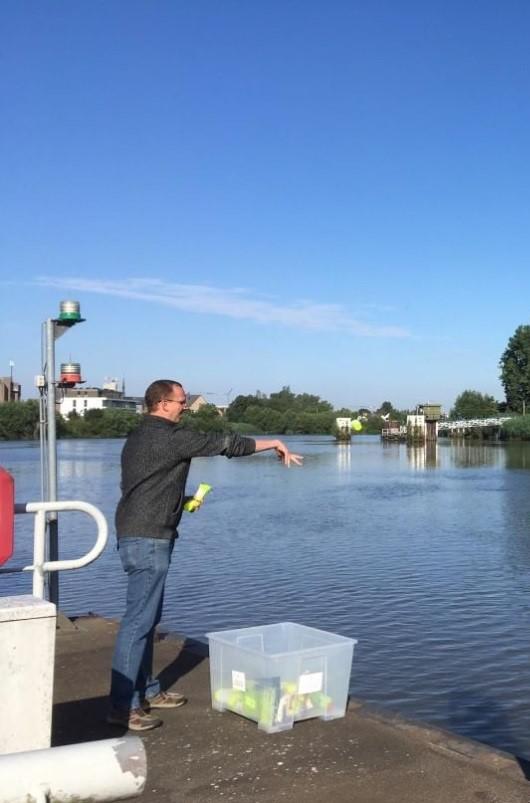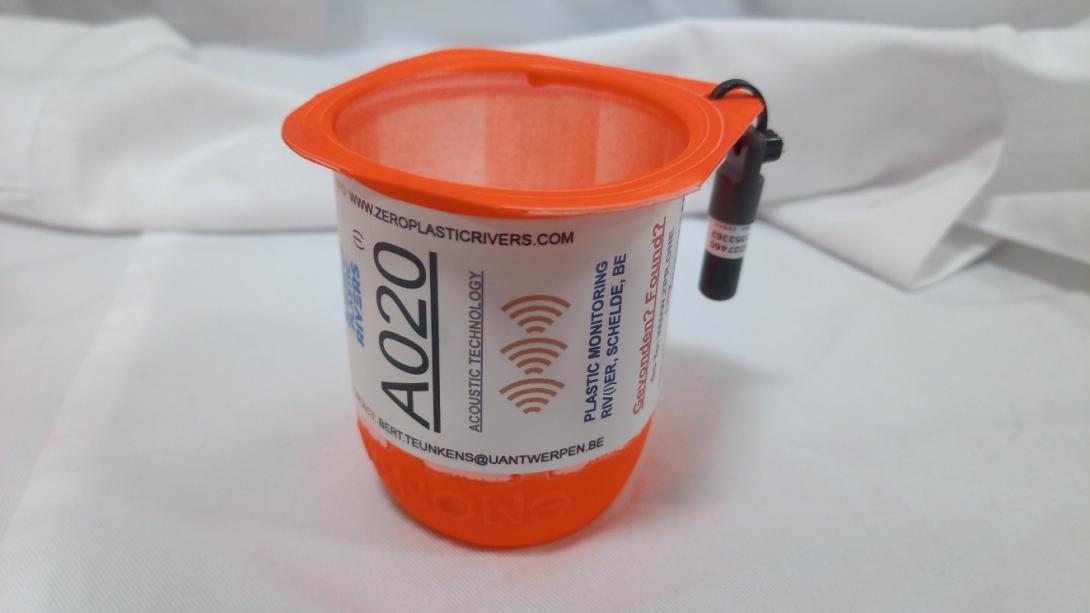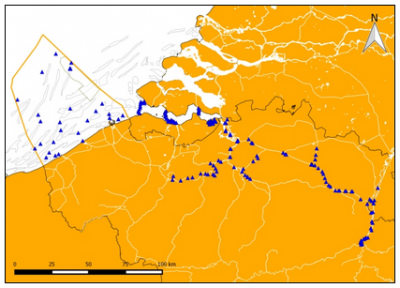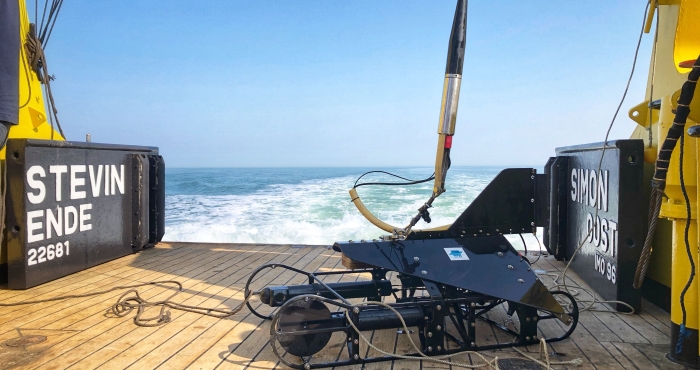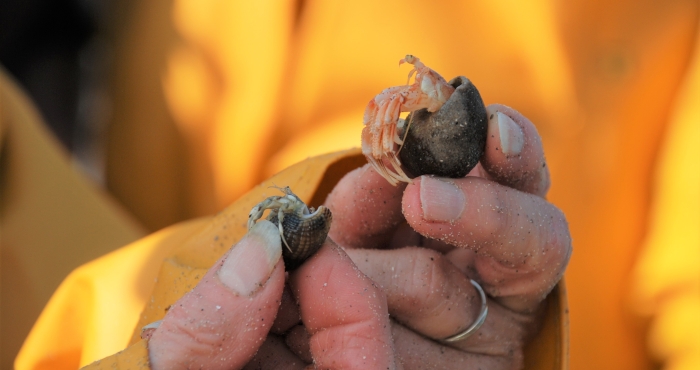
Acoustic telemetry proves to be a valid method to follow up the pathway of marked ‘daily use’ plastic items in rivers, in a more detailed manner than ever before. The idea of using acoustic telemetry to track plastic items came to mind, during a fish monitoring campaign organized by the Research Institute Nature and Forest (INBO, Belgium). It provides an answer to the problem that litter in rivers, once submerged, is difficult to trace with GPS technology. With the help of fish tags and the Lifewatch Fish acoustic receiver network, this proved to be possible. In the PLASTIBE project, acoustic telemetry is now being applied as a third technique, alongside the use of GPS trackers and the engagement of citizen scientists. This study is part of a larger research project, conducted by the University of Antwerp, to study the scale of macroplastic pollution in the Scheldt river and its contribution to plastic pollution in the North Sea.
